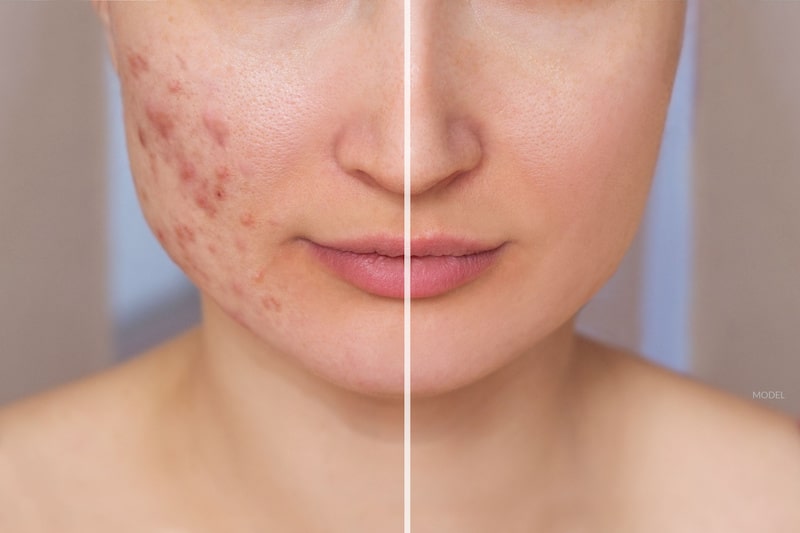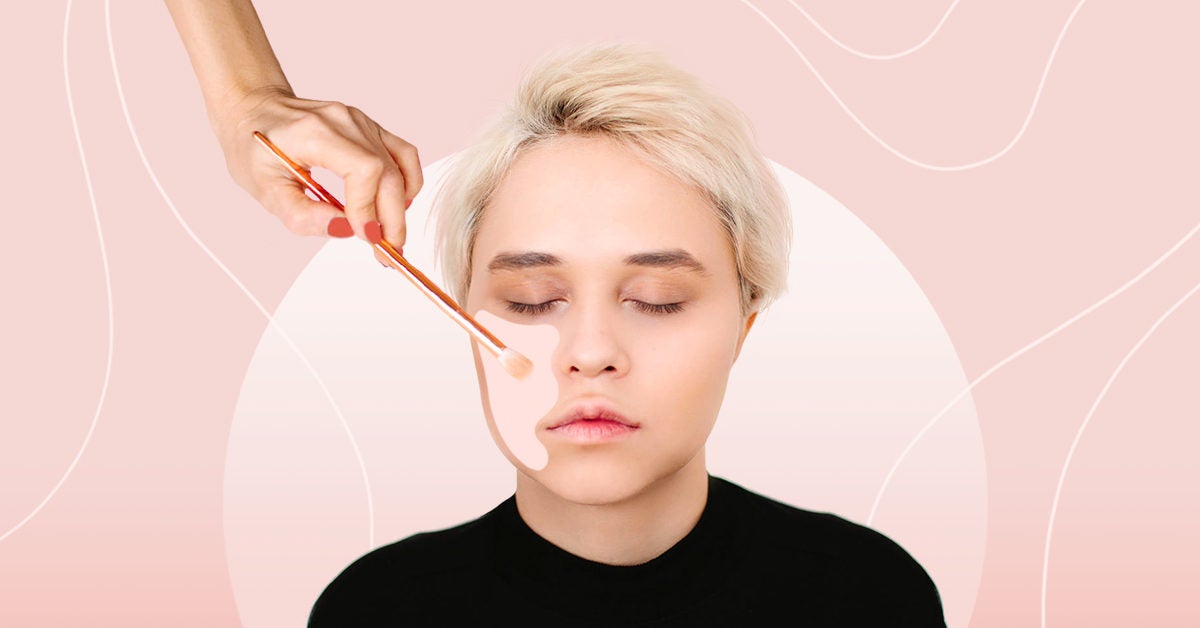Acne scars can be a persistent reminder of past breakouts, affecting one’s self-confidence and overall skin appearance. However, there are effective treatments available that can help diminish acne scars and restore smoother, more even-toned skin. In this article, we will explore dermatologists’ recommended methods for getting rid of acne scars. From professional treatments to at-home remedies, we will provide you with a comprehensive guide to achieving clearer and scar-free skin. By following these expert-backed strategies, you can say goodbye to acne scars and embrace a renewed complexion.
Understanding Acne Scars
Before delving into the treatment options, it’s crucial to understand the different types of acne scars. Acne scars fall into two main categories:
- Atrophic Scars: These scars are characterized by depressed or sunken areas on the skin. They are commonly seen as ice pick scars, boxcar scars, or rolling scars.
- Hypertrophic or Keloid Scars: These scars are raised and can be pink, red, or flesh-colored. They occur due to excessive collagen production during the healing process.

Professional Treatments for Acne Scars
Dermatologists offer a range of professional treatments that can effectively reduce the appearance of acne scars. These treatments are tailored to the specific type and severity of your scars. Here are some of the most commonly recommended options:
- Chemical Peels: Chemical peels involve applying a chemical solution to the skin, which exfoliates the top layer and stimulates collagen production. This treatment helps improve the texture and appearance of acne scars.
- Microneedling: Microneedling involves creating tiny punctures in the skin using fine needles. This process triggers collagen production, leading to smoother and more even-toned skin. Microneedling can be combined with the application of topical treatments for enhanced results.
- Laser Resurfacing: Laser resurfacing treatments use lasers to remove the damaged top layer of skin, stimulating the growth of new, healthier skin cells. Fractional laser resurfacing and CO2 laser treatments are commonly used to improve the appearance of acne scars.
- Dermal Fillers: Dermal fillers, such as hyaluronic acid, can be injected into depressed acne scars to elevate the skin’s surface and create a smoother appearance.This temporary solution provides immediate results and can last several months.
- Subcision: Subcision is a minor surgical procedure that involves using a needle to break the fibrous bands that tether the scar to the underlying tissue. This allows the depressed scar to rise to the surface, resulting in improved texture.
- Dermabrasion: Dermabrasion involves removing the top layer of skin using a rotating brush or diamond wheel. This treatment helps reduce the appearance of acne scars by encouraging new skin growth.
- Chemical Peels: Chemical peels involve applying a chemical solution to the skin, which exfoliates the top layer and stimulates collagen production. This treatment helps improve the texture and appearance of acne scars.

At-home Remedies and Skincare Tips
While professional treatments are effective, there are also at-home remedies and skincare practices that can complement the healing process and improve the appearance of acne scars. Here are some expert-recommended tips:
- Use Sunscreen: Protecting your skin from the sun is crucial, as sun exposure can worsen the appearance of scars and delay the healing process. Apply a broad-spectrum sunscreen with an SPF of 30 or higher every day, even on cloudy days.
- Over-the-Counter Products: Look for skincare products containing ingredients like retinoids
, vitamin C, niacinamide, and alpha-hydroxy acids (AHAs). These ingredients can help improve skin texture, promote collagen production, and fade discoloration.
- Silicone Gel or Sheets: Silicone gel or sheets can be applied to scars to flatten and soften their appearance. These products create a protective barrier, locking in moisture and promoting scar healing.
- Massage and Moisturize: Regularly massaging the affected area with a gentle moisturizer can help improve circulation and promote the skin’s natural healing process.
- Healthy Lifestyle Habits: Adopting a healthy lifestyle can contribute to overall skin health. Ensure you eat a balanced diet, stay hydrated, manage stress levels, and get enough sleep.
Patience and Expectations
It’s important to remember that treating acne scars takes time and consistency. Results may vary depending on the type and severity of the scars, as well as individual factors. Multiple treatment sessions may be necessary to achieve the desired outcome. It’s essential to have realistic expectations and consult with a dermatologist to determine the most suitable treatment plan for your specific needs.
Acne scars can be a source of frustration and self-consciousness, but with the guidance of dermatologists and the availability of effective treatments, you can minimize their appearance and achieve smoother, more even-toned skin. Whether you opt for professional treatments or at-home remedies, consistency and patience are key. Consult with a dermatologist to assess your unique situation and develop a tailored treatment plan. By following the recommended strategies in this article and taking care of your skin, you can confidently bid farewell to acne scars and embrace a renewed complexion.


